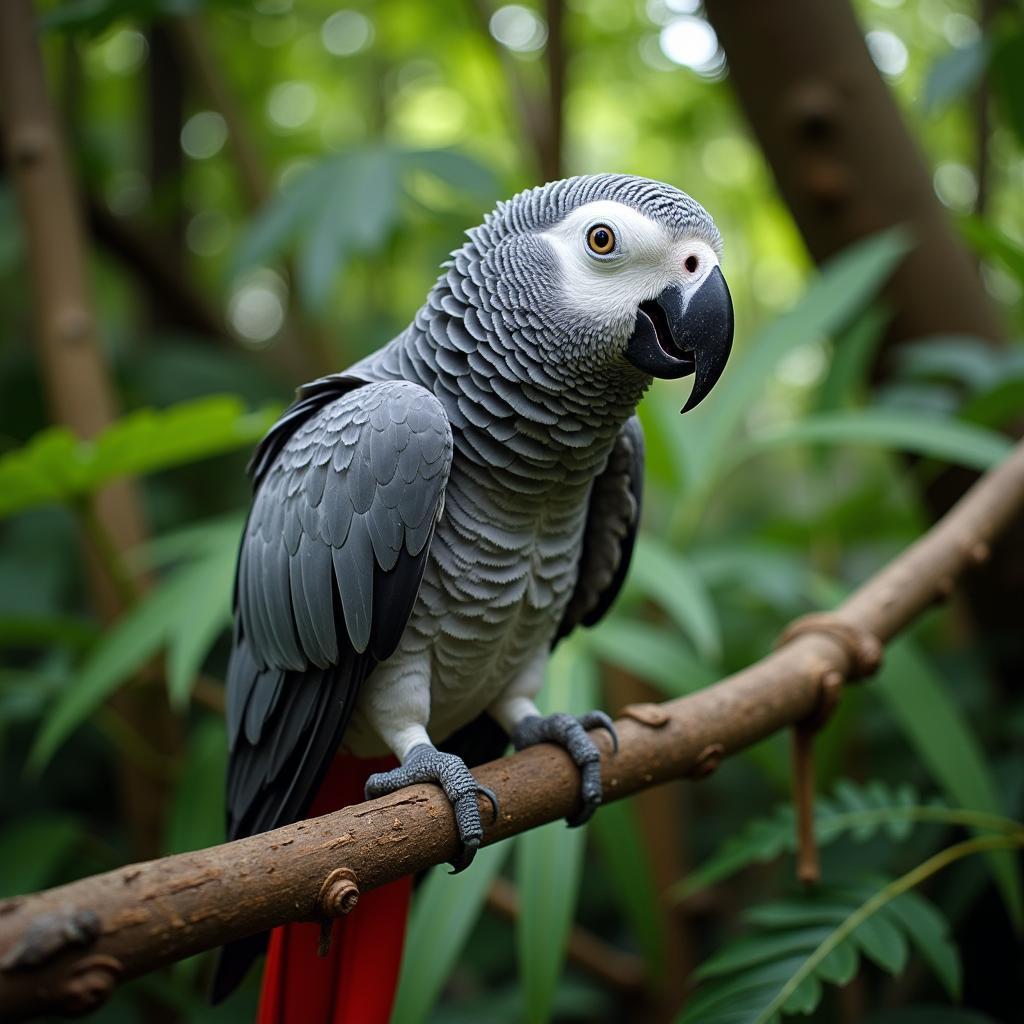Understanding African American Physical Features
African Americans have a unique and diverse physical appearance that reflects their rich history and complex ancestry. This diversity can be attributed to the centuries of mixing of different African ethnicities, as well as their interactions with other groups, like European and Indigenous Americans. While generalizations can be misleading, understanding the common physical features of African Americans can provide valuable insights into their heritage and the sociocultural influences that have shaped their identity.
Genetic Heritage and Physical Traits
The physical traits of African Americans are largely influenced by their genetic heritage. The continent of Africa is home to a wide variety of ethnic groups with distinct physical characteristics. The migration patterns of Africans over the centuries, coupled with the transatlantic slave trade, have resulted in a diverse gene pool among African Americans.
Skin Color
One of the most striking physical features of African Americans is their skin color. Skin pigmentation is determined by the presence of melanin, a pigment that protects the skin from ultraviolet radiation. Africans living in tropical regions have evolved to have darker skin, which provides greater protection from the sun’s harmful rays.
“The variation in skin color among African Americans is truly remarkable,” says Dr. Anya Johnson, a renowned geneticist specializing in African ancestry. “It’s a testament to the incredible diversity within the African diaspora.”
Hair Texture
African Americans are also known for their distinctive hair texture. The hair of Africans, and thus of African Americans, is generally curly, kinky, or coily. This hair texture is an adaptation to the hot and humid climate of Africa, as it helps to regulate body temperature and protect the scalp from the sun.
Facial Features
Facial features are also a defining aspect of African American physical appearance. These include broader noses, fuller lips, and prominent cheekbones. These features are often attributed to the evolutionary pressures of living in hot and dry environments, where these features help to enhance the body’s ability to regulate temperature and water levels.
Beyond Genetics: Environmental Factors
While genetics plays a significant role in shaping physical traits, environmental factors also play a part. For example, exposure to sunlight, diet, and lifestyle can all influence skin tone and hair texture over time.
Skin Tone and Sunlight Exposure
The amount of melanin in the skin can be influenced by sunlight exposure. This is why individuals who live in sunny climates tend to have darker skin tones than those who live in less sunny climates.
Hair Texture and Dietary Influences
Hair texture can also be affected by diet. A diet rich in protein and essential nutrients promotes healthy hair growth and can influence its texture.
Cultural Significance of Physical Features
The physical features of African Americans have been a source of both pride and prejudice throughout history. During the era of slavery, the physical characteristics of African Americans were used to justify their enslavement and dehumanization. However, African Americans have reclaimed their physical appearance as a source of beauty, strength, and cultural identity.
Reclaiming Beauty Standards
The “Black is beautiful” movement of the 1960s and 1970s was a powerful reminder that African American Physical Features are not merely a product of race but rather a reflection of their unique and rich cultural heritage.
Celebrating Diversity
Today, African Americans celebrate the diversity of their physical features and recognize the importance of embracing their unique beauty. This celebration of diversity is a testament to the resilience and cultural richness of the African American community.
FAQ
Q: Are there any specific physical features that are unique to African Americans?
A: While there are common physical features associated with African Americans, it’s important to remember that they are a diverse group with a wide range of physical appearances. It’s not possible to identify any single feature as uniquely “African American.”
Q: How do I find out more about my African ancestry?
A: You can explore your family history, conduct genetic ancestry testing, or consult with genealogists and historians specializing in African American ancestry.
Q: What are the implications of the diversity of African American physical features?
A: The diversity of African American physical features highlights the importance of embracing individuality and challenging stereotypes. It also emphasizes the complex and fascinating history of the African diaspora.
Q: How can I learn more about the history of African Americans?
A: You can explore books, documentaries, museums, and online resources dedicated to African American history and culture.
Q: How can I support the fight for racial justice?
A: You can educate yourself about systemic racism, support organizations fighting for racial equality, and engage in conversations about race with your community.


